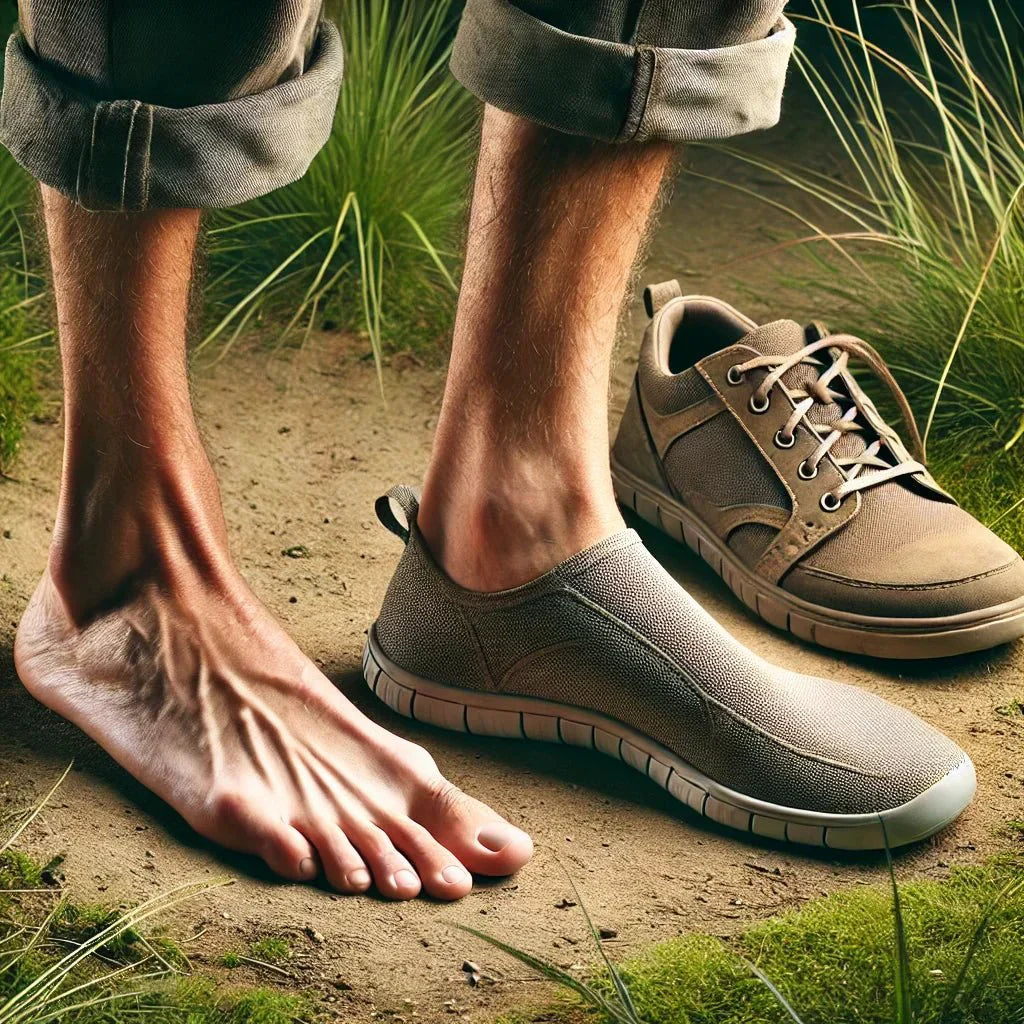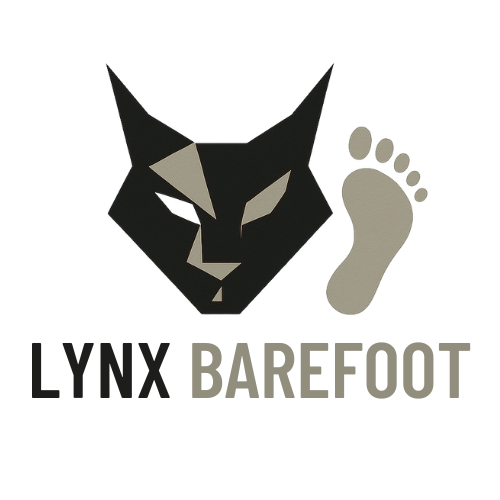What is minimalist footwear and how does it differ from barefoot footwear?
Share

Minimalist and barefoot footwear These are terms that are often used interchangeably, but in reality, there are key differences between them that are important to understand. In this article, we explore these differences and help you decide which is the best option for you based on your needs and lifestyle.
What is minimalist footwear?
Minimalist footwear is a type of shoe designed to mimic the feeling of walking barefoot, but with a little more protection and support than barefoot shoes. These shoes usually have a thinner sole than conventional shoes, but thicker than barefoot shoes. In addition, some models of minimalist footwear include slight arch support and minimal cushioning.
Characteristics of minimalist footwear:
- Thin soles, but not as thin as barefoot shoes: Minimalist footwear allows you to feel the ground, but offers more protection against uneven or dangerous surfaces. This can be especially helpful for those who are just starting to transition from conventional footwear.
- Light support: Unlike barefoot shoes, which offer no support, minimalist shoes can offer slight arch support. This can be beneficial for people who are used to wearing supportive shoes and need a gradual transition to more natural footwear.
- Minimal cushioning: Although minimalist footwear includes some cushioning, it is much less than in conventional shoes. The goal is to allow a greater feeling of the ground without completely sacrificing impact protection.
What is barefoot?
Barefoot shoes, also known as barefoot footwear, are a type of footwear that closely mimics the experience of walking barefoot. These shoes have an extremely thin sole, generally 3 to 5 mm, and offer no additional support or cushioning. Barefoot shoes are designed to allow the feet to move naturally, promoting a more natural and efficient stride.
Characteristics of barefoot shoes:
- Ultra-thin soles: The main characteristic of barefoot shoes is their ultra-thin sole, which allows direct contact with the ground. This thinness promotes a more conscious and controlled footstep, reducing impact on the joints and improving posture.
- No support or cushioning: Unlike minimalist footwear, barefoot shoes do not include arch support or cushioning. This means your feet must do all the work, strengthening the muscles and tendons with each step.
- Wide toe box and zero drop: Like minimalist footwear, barefoot shoes have a wide toe box that allows the toes to move freely. In addition, they have a zero drop, meaning there is no height difference between the heel and the toe, which promotes a more aligned posture.
Which one is better for you?
The choice between barefoot shoes and minimalist footwear depends on your personal needs, your level of experience, and your long-term goals.
Barefoot:
- Ideal for: People who are looking for an experience as close as possible to walking barefoot and who want to strengthen their feet and improve their posture naturally.
- Considerations: Requires a careful and gradual transition, as the lack of support and cushioning can be challenging for those accustomed to conventional footwear.
Minimalist footwear:
- Ideal for: Those who want to experience the benefits of a more natural foot strike, but still need some protection and support during the transition.
- Considerations: It's an excellent intermediate option for those who aren't ready to make the complete switch to barefoot, but want to start getting their feet used to more natural footwear.
Conclusion
Both barefoot and minimalist footwear offer significant benefits compared to conventional footwear, especially in terms of improving posture, strengthening the feet, and reducing the risk of injury. The key is to choose the type of footwear that best suits your needs and lifestyle. At BareMotion, we offer a wide range of options in both barefoot and minimalist footwear. Explore our collection and find the perfect pair for you.
